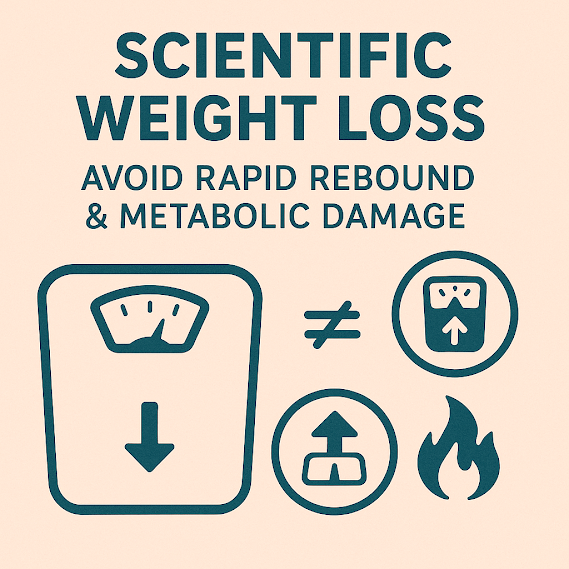All You Need to Know About Fat
Slimming and body shaping are among the trendiest buzzwords, with fat being the primary target of "condemnation." But what exactly is this "unwelcome" fat? Is fat truly all bad with no redeeming qualities? Does being thin automatically mean being healthy?
Fat Isn’t Entirely Useless
Fat is widely present in both humans and plants, composed of fatty acids and glycerol to form triglycerides. Based on the saturation level of fatty acids, it can be categorized into saturated and unsaturated fats. Excessive fat accumulation is the main cause of obesity and a key culprit behind obesity-related diseases.
However, fat isn’t entirely a "villain": it stores vast amounts of energy for the body, facilitates cellular function, and provides protective barriers. Most body fat is distributed subcutaneously and around internal organs. Depending on its location, obese individuals may exhibit an "apple-shaped" (fat concentrated in the abdomen) or "pear-shaped" (fat concentrated in the hips) body type. A recent study suggests that people with more abdominal fat face a higher risk of death from heart disease and other conditions compared to those with more hip fat. Meanwhile, individuals with more thigh and hip fat may live longer, as these fat deposits can trap harmful fat particles and secrete beneficial compounds—though the exact mechanisms remain unclear.
Not All Fat Is Created Equal: White vs. Brown Fat
Fat is often blamed as the root cause of obesity. However, besides "bad" white fat, the body also contains "good" brown fat, so generalizations are misleading. Brown fat doesn’t contribute to obesity—in fact, it aids weight loss. White fat accumulates under the skin, storing excess calories, while brown fat breaks down obesity-inducing white fat, converting it into carbon dioxide, water, and heat.
Brown fat is "alive"—it has its own nerve fibers and functions like an organ. Its cells contain numerous leptin receptors; increased leptin levels can boost metabolism and promote white fat consumption, initiating fat-burning. Brown fat is most active in infants, concentrated near the shoulder blades to regulate body temperature. As we age, brown fat diminishes, leaving only small amounts in the neck. The remaining brown fat in adults varies by individual, explaining why some people stay effortlessly slim despite overeating, while others struggle with weight loss despite relentless efforts.
Fat as an Endocrine Organ
Research shows that adipose tissue is the body’s largest endocrine organ, secreting numerous adipokines that play vital roles in metabolizing the three major nutrients. White fat acts as an active endocrine and paracrine organ, releasing pro-inflammatory factors that trigger chronic low-grade inflammation, often leading to insulin resistance—a common underlying cause of hypertension, hyperlipidemia, and diabetes. Thus, obesity can lead to a cascade of metabolic disorders, severely impacting health.
Yet, like a double-edged sword, fat also secretes beneficial adipokines such as leptin and adiponectin. Leptin is a satiety hormone; when food intake reaches a certain level, fat tissue releases leptin into the bloodstream, signaling the hypothalamus to stop eating, thereby reducing food intake and fat production. Leptin acts as the body’s hunger switch—genetic mutations causing leptin deficiency can lead to overeating-induced obesity. Adiponectin, another bioactive peptide secreted by fat cells, enhances insulin sensitivity, improving insulin resistance and atherosclerosis, offering protective effects.
Conclusion
Adipose tissue plays crucial physiological roles and is an indispensable part of the human body. However, excess fat can severely harm health and even silently endanger lives. Recognizing fat’s dual nature—optimizing diet, maintaining consistent exercise, and regulating fat tissue to balance its benefits while minimizing harm—is the scientific approach to understanding and managing fat.












Comments
Post a Comment